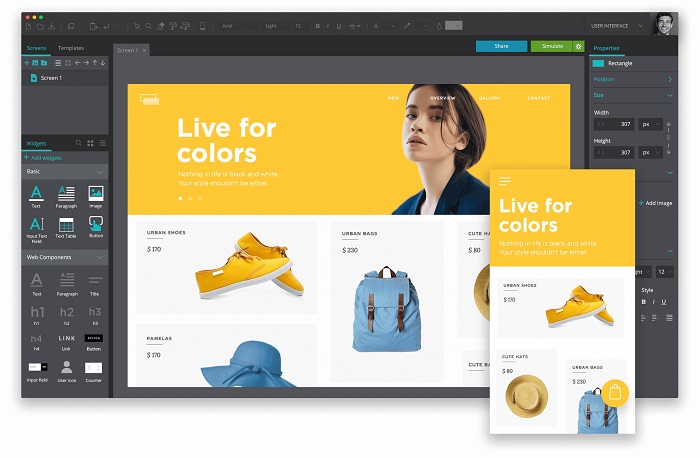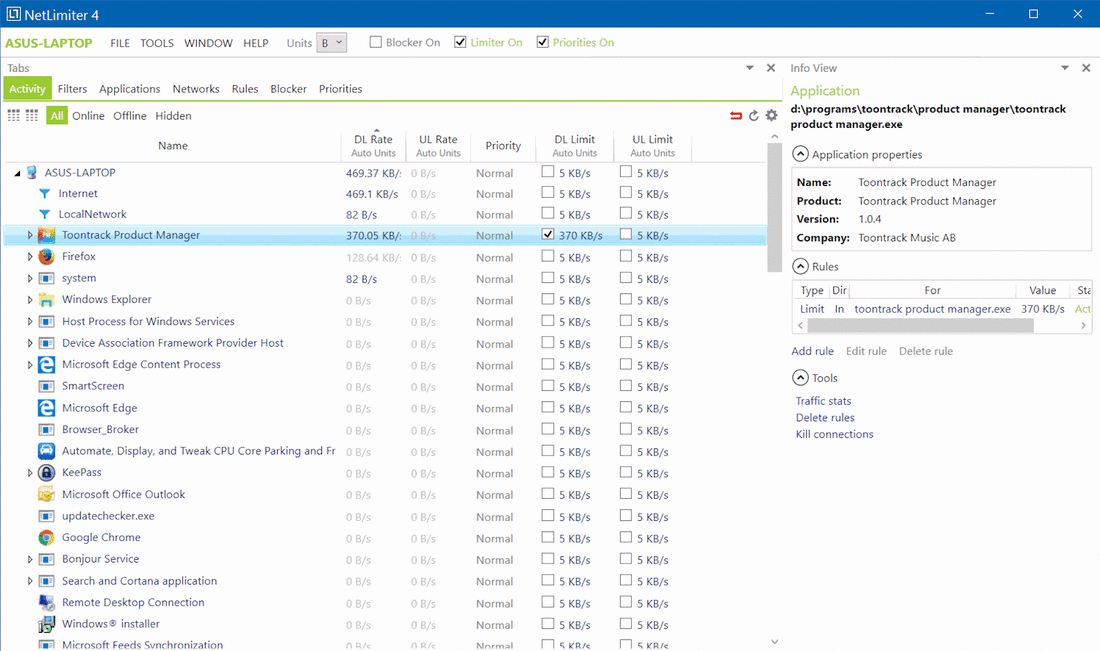Good News To Deciding On Free Keygens For Software
Wiki Article
What Are Adobe Media Encoder Versions And How Does Cs6 Compare With 2015, 2020, And 2022? How Do I Get Free?
Adobe Media Encoder can be used to export media files exported from Adobe Premiere Pro and After Effects. Adobe Media Encoder can be used in conjunction with Adobe Premiere Pro, After Effects, or as a stand-alone application.
Adobe Media Encoder CS6: The version came out in 2012 and included in the Adobe Creative Suite 6. It included a variety of new features, including support for GPU-accelerated encoding as well as the ability export in a wider variety of formats, as well as increased performance and stability.
Adobe Media Encoder 2014: This release was made in 2014. It added a variety of new features. These included support for HDR as well as the ability of exporting into new formats like GIF as well as WebM. Additionally, there were enhancements to the user interface as well as performance.
Adobe Media Encoder 2020: This version came out in 2019 and introduced several new features like support for ProRes RAW and HDR in HDVC, the possibility to export to new formats like H.264 adaptive bitrate streaming and improved performance and stability.
Adobe Media Encoder: Version 2022 was released in 2020 and features a number of improvements. These include support for HDR formats in addition to the capability to export video in higher resolutions. Also included are new presets that can be utilized on social media sites along with improved performance.
The latest versions of Adobe Media Encoder offer a range of enhancements and new features, including support for new formats. They also have enhanced performance and stability. These improvements have made it simpler for users to save their media files to a wider range of formats for different devices and platforms. Check out the top https://digitalsoftwares.in/ for website advice.

What Is Adobe Xd 2019 And What Are The Main Differences Between It And Cc2018 As Well As Versions 2022? How Do I Get Free?
Adobe XD is a user experience (UX) design tool that can be used to create prototypes, wireframes as well as designs for mobile apps, as well as other interfaces that use digital technology. Adobe XD is a tool that allows designers to create and test interactive prototyping rapidly and effortlessly.
Adobe XD CC 2018. It was the first version of Adobe XD to be released in 2017. It introduced the core functionality of the software, such as creating artboards, prototypes and wireframes.
Adobe XD 2019: This version was released in 2018 and included a number of new features, including the capability to design for voice and video, auto-animation with responsive resizes, as well as the ability to integrate plugins. It also introduced integration with other Adobe products such as Photoshop as well as Illustrator.
Adobe XD 2020: This version, which was released in 2021, brought new features like 3D transformations support, improved performance and the ability for users to design and build systems using linked assets. This version also allowed integration with third-party tools such as Miro and Jira.
Adobe XD CC2018: This version of Adobe XD was released in 2018 and is part of the Creative Cloud. It includes all the features Adobe XD 2018 offers, however, it adds additional features such as access to cloud-based data and libraries shared by other users as well as integration with Creative Cloud apps.
Each new version of Adobe XD introduces new features and improvements to its functionality. This includes the ability to design intricate interactive designs, better integration with other Adobe tools, and improved performance. These updates make it easier for designers to design and test digital prototypes faster and result in better user experience. Read the most popular https://digitalsoftwares.in/ for blog recommendations.

What Are The Differences Between The Different Versions Of Netlimiter Pro? How Do I Get Free?
NetLimiter Pro aids in optimizing the use of bandwidth on the internet and boost network performance. It optimizes internet bandwidth and improves network performance. The different versions of NetLimiter Pro differ based on the features, licensing, and compatibility with different operating systems. The main differences include:
NetLimiter Pro 4 : This latest version is compatible with Windows 8, 8.1 and 10. The software comes with features such as real-time monitoring of traffic and blocking connections. It also comes with custom filters and usage statistics.
NetLimiter Pro 3 : This version is compatible with Windows XP and Vista. It also works with Windows 7 and 8. The version comes with features such as network monitoring and bandwidth shaping.
NetLimiter2Pro: This version is compatible with Windows 2000 & XP. It includes the ability to track connections as well as traffic statistics, and remote administration.
NetLimiter Mini NetLimiter Mini is a free version that has limited capabilities. It can restrict and monitor network traffic as high as three applications.
NetLimiter Enterprise (Enterprise Edition) The version you are using is designed for large networks and includes features such as central administration and authentication of users Priority support, etc.
NetLimiter Pro has different versions with different features. It is also compatible with various operating systems. Users can choose the version that is most appropriate for their requirements. Have a look at the best https://digitalsoftwares.in/ for more recommendations.

What Exactly Is Tubedigger And How Does It Differ From The Other Versions? How Do I Get Free?
TubeDigger software allows users to convert and download online videos. It can be utilized on Windows or Mac. The various versions of TubeDigger differ in the features and capabilities they offer.The basic version of TubeDigger lets users download videos from a variety of websites, including YouTube, Vimeo, and Dailymotion. It also supports a number of file formats like MP4, AVI and FLV. It is free to use, but it has limited features.
TubeDigger premium comes with additional options like downloading playlists, converting videos, and even recording live streams. It also includes an integrated media converter that supports 4K resolution. It's a premium version which requires only one payment. The user can purchase licenses for a year or a life time.
TubeDigger can be downloaded in several versions. Each version comes with different degrees and levels of functionality. For those looking for advanced video conversion or downloading capabilities the premium edition comes with the most extensive set of options. Check out the recommended https://digitalsoftwares.in/ for website examples.

What exactly is Microsoft OneNote, and how are the versions 2010, 2013 and 2016 different from the previous versions? How Do I Get Free?
Microsoft OneNote allows you to make notes and then organize them. Users can design and manage notebooks that are divided into sections and pages. OneNote allows you to collect and organize data, make task lists, record audio and video, and collaborate. Here is a quick overview of the distinctions between a few of the more recent Microsoft OneNote versions.
OneNote 2010 released as part of Office 2010 in 2010, OneNote 2010 introduced new features such as linked notes, improved search capabilities, and integration with various Office applications.
OneNote 2007, which was released in 2007. OneNote added features like improved handwriting detection, as well as the ability to share notebooks.
OneNote 2013. Released in 2013, OneNote 13 featured a new design and added new features, including clipping websites and integration with cloud-based storage services.
OneNote 2016 released in 2015 and is part of Office 2016 Suite, OneNote 2016 comes with a desktop version of the program that is compatible with Windows 10. It offers features such as improved syncing, sharing and the ability to create notebooks and sections.
In general, every version of OneNote has brought new features and improvements to the software which makes it an even more effective tool for note-taking and organization.